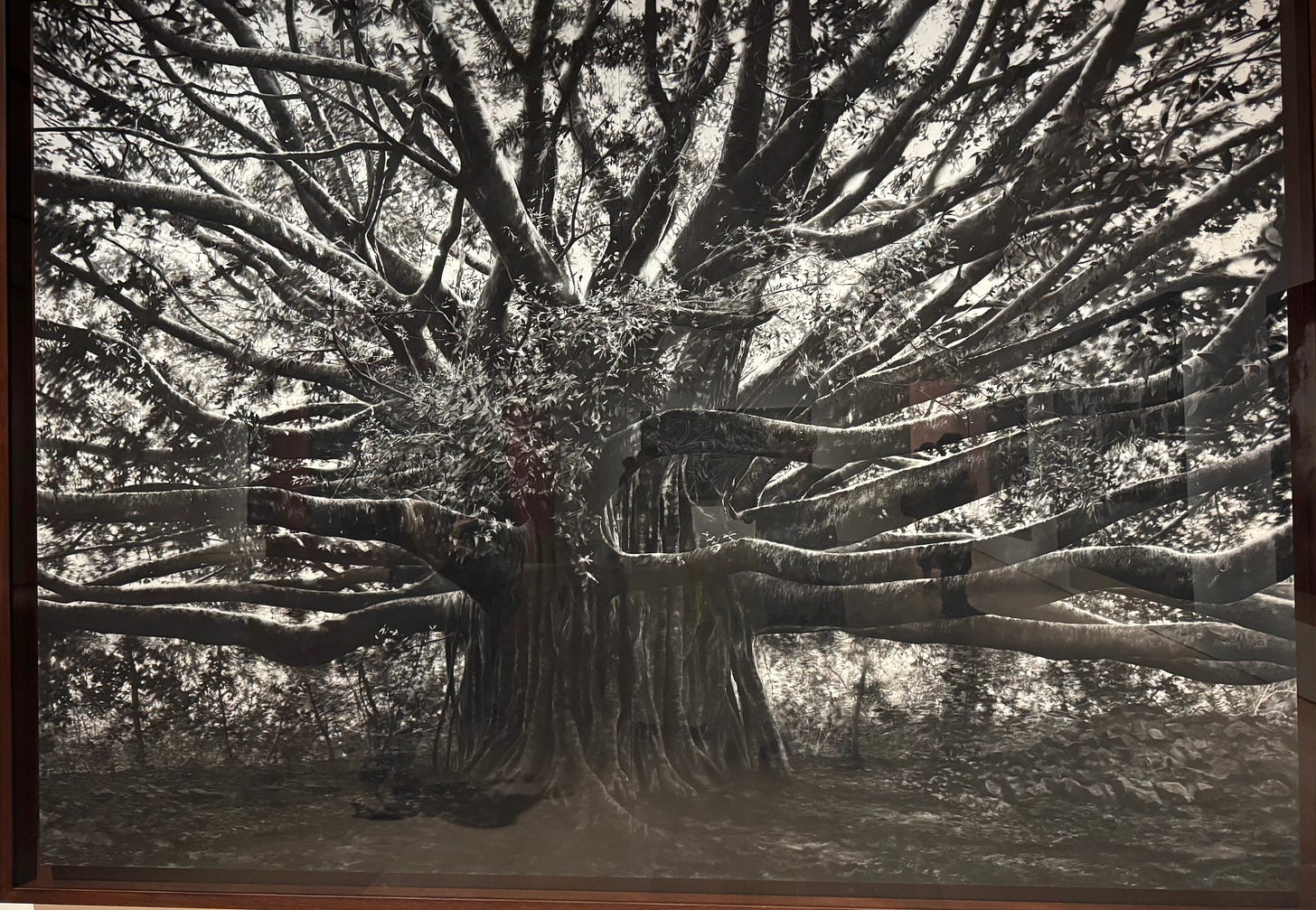Resources: Digital & Streaming Infrastructure Distribution Innovations
Distribution's Innovations from outside the Studio Industrial Complex, Pt. 7

This post is part of a much longer meditation. Perhaps you’ve noticed?
Don’t you wonder how we got here? Why do only certain types of movies get made? Why are they mostly from a certain type of filmmaker? Don’t you wish we could get to somewhere better? I sure as hell do.
Don’t worry, Little Flower, there is hope for film. We are doing the exercises and practices that develop muscle memory, where intention, focus, and repetition develop into instinct.
Right now, we are looking at what came before us. We are looking at what came before this moment, the one that is not so good. We are keeping our utopian dreams centered, while also looking at the practical. We are going to get to somewhere better. These are the next steps.
Mind you, not all innovation is for the better. We also need to become better at seeing where it will all lead. I have definitely made some mistakes when it comes to my time in today’s category of Digital & Streaming Infrastructure. I thought I was going to play a role in making this new ecosystem something much different from it became.
Live and learn, right? Maybe I can fail better this next time.
Today, as has become customary with this ongoing series of The People’s Innovations to Film Distribution, I have provided you with a list after the list. The follow up list here is the seventeen sections of our deep dive into distribution innovations that have come from outside of the Studio Industrial Complex... yes, from The People!
These seventeen fall into four distinct sections organized around function and strategic purpose: starting with community-led initiatives, moving through distribution mechanics, both analogue and digital and web-based, and then ultimately ending with nontraditional or grey-market channels.
Filmmaker-Led Collectives and Community-Based Distribution form the ideological and historical foundation of non-industrial distribution.
Touring, Home Entertainment, and Public Television represent early scaling and alternative venue exploration.
Digital Platforms and Crowdfunding reflect shifts in technology and audience segmentation.
Windowing, Torrent, Immersive, Submission Systems, Preservation, and Viral/Grey Market: These final categories track experiments and reactions to both digital change and market exclusion.
Let’s leap into Category 8, the launch of our third section. And when we are done with all, I will provide you with a full chronological list. But you will have to subscribe to get it. Maybe get ahead of the curve, and do it now?
Digital & Streaming Infrastructure Distribution Innovations is a rather large category with 14 (and counting!) entries.
8
Digital & Streaming Infrastructure Innovations
Netflix DVD-by-mail launch (1998) – To think the innovations of just no late fees and subscription-based rentals via mail felt huge. Goodbye Blockbuster! Although this itself is not a digital or streaming innovation, it is the path that got us there. You know, sort of like how money is the root of all evil (generally speaking).
The Last Broadcast (1998) – Directed by Lance Weiler & Stefan Avalos
Often credited as the first feature film to be entirely shot, edited, and distributed digitally, The Last Broadcast pioneered a digital-first model years before the industry embraced it. Made for an estimated $900, the film was shot on consumer-grade digital video, edited using desktop software, and digitally projected in theaters—a historic first. Its low-budget production challenged the dominance of 35mm workflows and foreshadowed the digital revolution that would transform independent filmmaking. The directors also self-distributed the film, leveraging early internet promotion and booking their own theatrical screenings. By circumventing traditional production and exhibition systems, The Last Broadcast prefigured modern digital distribution, participatory fan marketing, and creator-controlled pipelines.Emerging Pictures / i‑Cinema Network (2002)– Founded by Barry Rebo & Ira Deutchman
This HD digital cinema network for museums and art-houses used high-definition projection and centralized content servers to bypass 35mm prints. It enabled flexible programming of indie films, operas, repertory titles, and live cultural events in over 100 venues—including museums and performing arts centers. Years ahead of DCP and live cinema trends, it laid groundwork for eventized HD distribution outside commercial chains. It shut down around 2015.
Keep reading with a 7-day free trial
Subscribe to Hope For Film to keep reading this post and get 7 days of free access to the full post archives.


